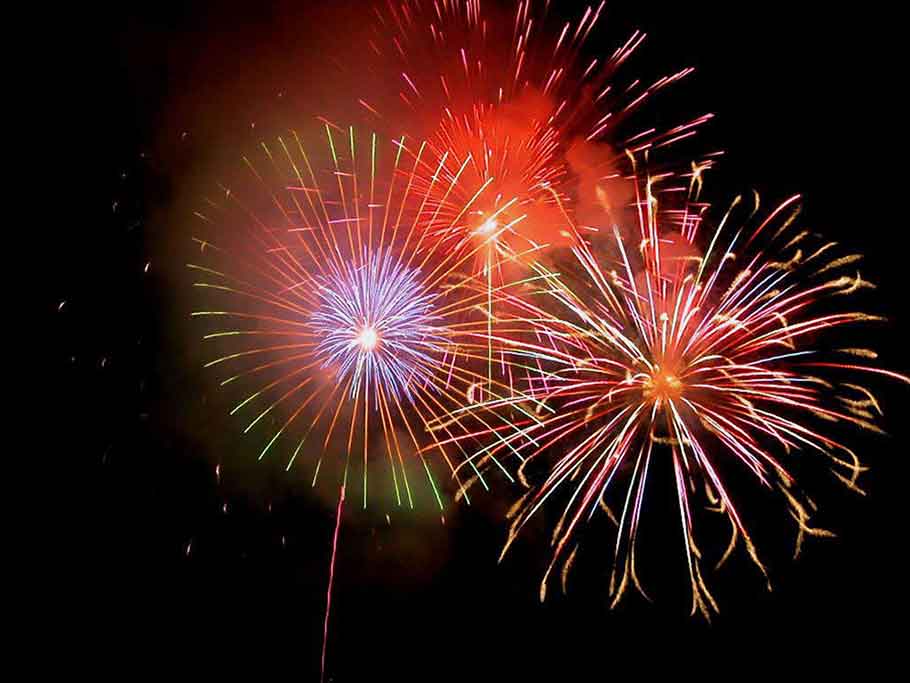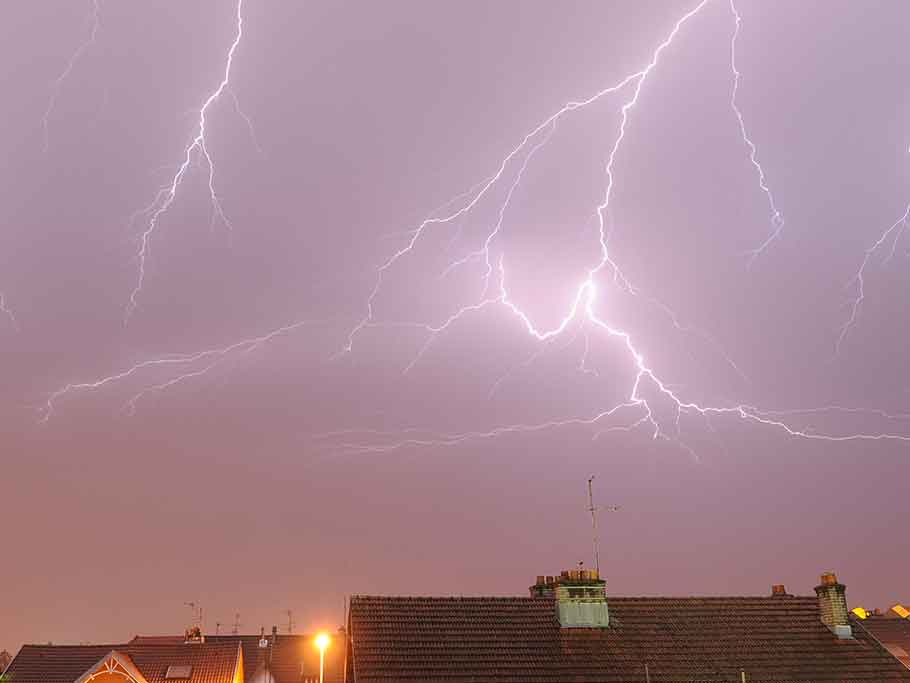Brush Fires
This analysis examines the circumstances, causal patterns of brush, grass and forest fires reported to local fire departments. Regional differences are also noted. A brief summary of statistics from the National Interagency Fire Center is also included.
Executive Summary
Fires in the wildland/urban interface have often been in the news in recent years. Nine of the 25 costliest (in terms of property loss) fires in U.S. history were described as forest, wildland or wildland/urban interface fires. The eight costliest fires were in the last two decades. Federal or state agencies are typically involved in these massive fires. The term wildland/urban interface (WUI) is typically used to describe areas where extensive vegetation mixes with numerous structures and their inhabitants. WUI fires of note often begin and grow large in the vegetated areas before spreading to structures.
Many people do not realize how often local (municipal or county) fire departments around the country are called to smaller brush, grass and forest fires. During 2007-2011, local fire departments responded to an estimated average of 334,200 brush, grass, and forest fires per year. This translates to 915 such fires per day.
- Only 10% of these fires were coded as forest, woods, or wildland fires;
- Two of every five (41%) were brush or brush and grass mixtures;
- More than one-third (37%) were grass fires; and
- 13% were unclassified forest, brush or grass fires or unclassified natural vegetation fires.


GRASS FIRE
35%of these fires occurred in open lands or fields.

ROAD FIRE
16%of these fires occurred on highways, streets or parking areas.

HOUSE FIRE
10%of these fires occurred at one- or two-family homes.




